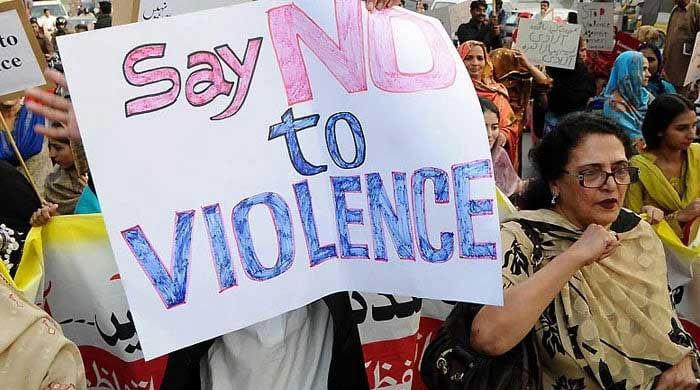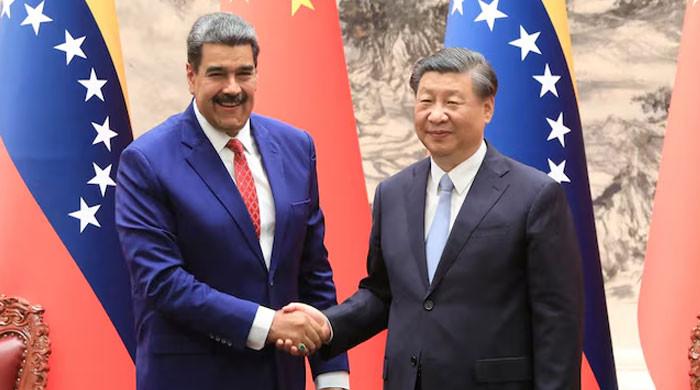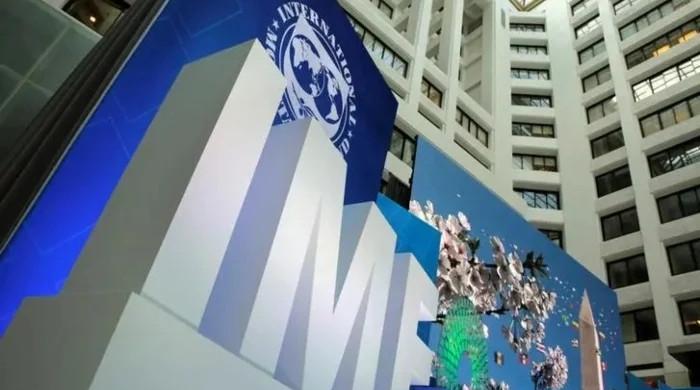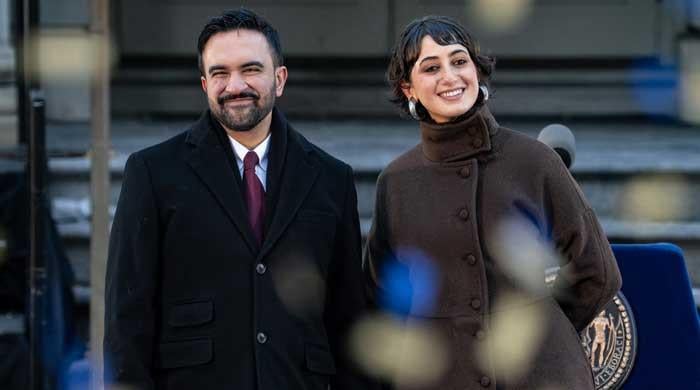Defining Terrorism
Two decades after the Anti-Terrorism Act came into force, the definition of “terrorism” remains disputed
June 26, 2018
The definition of “terrorism” in the Anti-Terrorism Act (ATA) has been the subject of much debate since the law was enacted in 1997. The judiciary, starting with the Supreme Court in the Mehram Ali case in 1998, has on a number of occasions been asked to determine the ambit of the special law. However, even two decades after the ATA came into force, what is “terrorism” and what place the law has in Pakistan’s criminal justice system remains disputed.
The ambiguity in the text of the ATA and its arbitrary application has allowed the law to be misused against political activists, human rights defenders and individuals exercising their constitutionally protected rights to the freedoms of assembly, expression and association. It has also enabled prosecutors to circumvent the regular criminal courts and clog anti-terrorism courts with ordinary crimes.
The government has, erroneously, cited the subsequent delays in the Anti-Terrorism Court (ATC) proceedings as a “failure” of civilian courts to provide expeditious justice, using them as an excuse to give military courts jurisdiction over certain terrorism-related offences for “speedy trial”.
Ambiguity in the Anti-Terrorism Act
The ATA applies to a number of different categories of offences and actions. The first category is acts that the law defines as “terrorism” under section 6. The ATA lists at least 17 such “actions” that could amount to terrorism. These include, among others, acts or threats of acts that cause death, grievous injury or grievous damage to property; incite hatred or contempt on religious, ethnic or sectarian basis; or involve firing on places of worship.
These acts would be considered “terrorism” if either they are “designed” to intimidate the government, the public or a section of the public or create a sense of fear in society, or, alternatively, if they are committed “for the purpose of advancing a religious, sectarian or ethnic cause…or intimidating and terrorizing the public…or attacking civilians…”
This poorly drafted provision on the definition of “terrorism” is a result of a series of ill-conceived amendments to the law, which have confused and conflated the act, the intention and the motive that constitute “terrorism”, making the provision ripe for arbitrary and overbroad application.
The second category is certain offences contained in the Third Schedule of the ATA that can exclusively be tried by ATCs and, among others, include kidnapping and abduction for ransom. These offences do not have to be committed for any specific purpose: courts have held that their very commission “creates terror, panic and sense of insecurity amongst the general public”. A large number of offences tried by ATCs relate to kidnapping and abduction, even where these crimes are motivated by reasons unrelated to terror.
Another category is offences that may be tried by ATCs, but are not “terrorism” as defined under section 6. These include some overbroad provisions such as section 8, which relates to acts “intended or likely to stir up sectarian hatred” and section 11-W, which among other acts, applies to “printing, publishing, or disseminating any material to incite hatred”.
Since the ATA also provides that the ATCs may try other “related” offences in the same proceedings, these provisions have allowed blasphemy-related offences under the penal code to also be tried by ATCs, and in a recent judgment, the Islamabad High Court also cited these provisions to hold that “blasphemy” may be considered “terrorism” and tried under the ATA.
Inconsistent jurisprudence
As this brief analysis shows, the ambit of the ATA is very large and its provisions are replete with ambiguities. Courts have also failed to interpret the ATA in a consistent manner, further contributing to the blurring of the distinction between ordinary crime and acts amounting to “terrorism”.
An assessment of the jurisprudence on the definition of “terrorism” shows two predominant approaches taken by courts in determining the ambit of the law: The wide interpretation considers the “nature” or “effect” of the act, finding that if the “nature of the offence was gruesome, shocking and created panic amongst society”, the act would be considered terrorism even if the motive was private. The Supreme Court of Pakistan in a recent case, for example, held that the killing of five people over a property dispute could be considered “terrorism” as the killings took place in public and were visible to others living in the neighbourhood. The narrow view considers the purpose, design or motive behind the act. This approach recognizes that the ATA is a “harsh law” that significantly curtails fair trial rights available to accused under regular criminal law. It, therefore, seeks to ensure that the ATA is applied specifically to cases for which it was originally intended.
Last June, for example, the SC in the Waris Ali case ruled that no matter how “heinous” or “gruesome” an offence, it cannot be considered terrorism if the motive behind it is personal vendetta. As a result, the court retained murder convictions but quashed terrorism charges where the appellants had killed four men and one child motivated by a “longstanding private feud”.
However, earlier this year, the much-needed legal certainty in the interpretation of terrorism was once again called into question by the Supreme Court in the suo motu proceedings in Shahzeb Khan’s murder case.
In 2013, the apex court had taken suo motu notice of Shahzeb Khan’s killing and had directed an ATC to hear the case, which went on to convict the accused. In November 2017, the Sindh High Court – relying on the Waris Ali judgment - ordered a retrial in the case after finding that the facts did not meet the legal threshold of an offence of terrorism as the motive behind the murder was “personal vendetta” and “the essential element of creating terrorism in public was never established not attempted.”
Earlier this year, using its 184(3) jurisdiction, the Supreme Court quashed the SHC’s order and held that lower courts did not have the authority to interfere with the Supreme Court’s characterization of a case as terrorism or its decision about the appropriate forum for trial. The Supreme Court once again endorsed the view that since the incident had created a “sense of helplessness” in the people – illustrated by the fact that it had “attracted the attention of public at large” and had been widely covered by the media – the threshold of terrorism had been met, regardless of the absence of motive to create “terror” in society.
International standards on defining terrorism
While there is no agreed universal legal definition of terrorism, international standards clarify that laws related to terrorism must be clearly and precisely formulated, and they must be limited to countering terrorism, as properly defined. This means that the “action” must be a serious crime such as grievous physical violence, and the intention with which it is carried out must be to provoke a state of terror in the general public or a segment of it or to compel the government to do or abstain from doing something. The definition of terrorism under the ATA – and much of the jurisprudence of the Supreme Court - falls foul of these standards on all fronts: it is vague, overbroad, and allows even acts driven by reasons other than spreading fear or coercing governments to be considered “terrorism”.
In July last year, the UN Human Rights Committee in its concluding observations, following Pakistan’s first International Covenant on Civil and Political Rights (ICCPR) review, expressed concern at the “very broad definition of terrorism provided for in the Anti-Terrorism Act” as well as the “absence of procedural safeguards in court proceedings”, and recommended Pakistan should review the ATA with a view to aligning the definition of terrorism in accordance with international standards.
All branches of the state must take these recommendations seriously. A comprehensive review of the ATA and its implementation are long overdue and must not be delayed any longer.
- Omer is a legal adviser for the International Commission of Jurists (ICJ). She tweets @reema_omer
Note: The views expressed are those of the author, and do not necessarily reflect the official policy or position of Geo News or the Jang Group.











